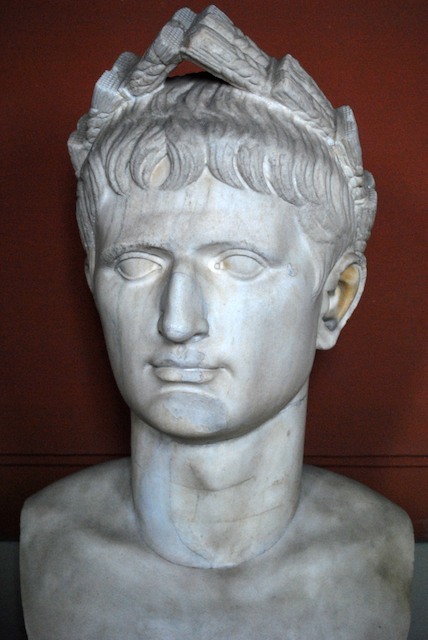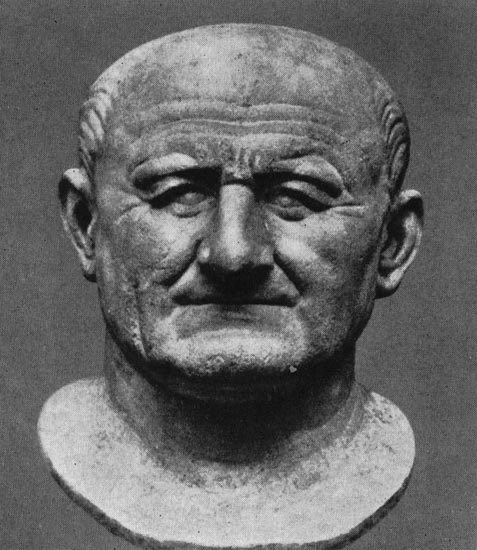The Golden State's political problems have progressed from bad to worse. It is not just suffering financial and budgetary difficulties; it is also flirting with state failure. There are many who believe it beyond repair. Perennial gerrymandering, waste, and graft have so decayed its representatives' sense of responsibility that their constituents no longer trust them to govern. Major legislative initiatives are now done by referendum, results of which often overturn those actions taken by Sacramento. The resulting standoff between democratic and republican political systems reflects the state government's failure and has crippled not only the state's ability to govern itself, but also to mend that method of governing. And worse, the standoff shows no sign of resolution.
California needs change, a change in leadership. It is sick of the same old partisan politics that have brought it to this point. It is waiting for someone who will take a stand, who will pull it back from the brink.
Why then is Meg Whitman--the one candidate removed from Californian politics and uncorrupted by its practices--unable to convince the California public of her candidacy? She still trails Jerry Brown and her numbers have yet to leave the mid-30s.
Well, it is a matter of image. She has not forcibly distinguished herself from California's other politicians or it's ruinous political traditions. Consider an historical example.
In 69 AD, Vespasian ascended to the imperial throne of Rome following civil war and the death of the emperor Nero. Nero was the last of the Julio-Claudian emperors and he involuntarily committed suicide in the face of a popular uprising against Julio-Claudian excess--scandalous luxury, wanton cruelty, and shameless hedonism. Vespasian secured popular support for his ascension because of one thing--the image, the literal image, he created of himself.
State portraiture--mass-produced sculptures of the imperial family--was the only knowledge the average person had of the emperor. It was the only concrete contact between emperor and subject. Julio-Claudian portraiture had always emphasized youth, beauty, and majesty--even when the emperors themselves were toothless, bald, and senile. Consider this portrait of Augustus from the Vatican Museums.
But Vespasian intentionally abandoned that tradition. He chose instead to convey the accustomed austerity and self-discipline of the career-soldier. In his portraiture, he was bald, wrinkled, and grimacing. Consider this portrait of him from the New Carlsberg Glyptotek in Copenhagen.
For the public, this change in portraiture, this new image of the emperor signalized a departure from the hated practices of the Julio-Claudians more convincingly than any words. These pieces of marble alone succeeded in convincing the public of Vespasian's determination to impose discipline and responsibility on the imperial government.
Ms. Whitman needs to accomplish a similar feat. Like Vespasian, she faces a public frustrated with the political practices of the past. She too must convince that public that she has abandoned those practices and is now focused on political reform. In conveying that image, that message, Ms. Whitman does not have the use of iconography or state portraiture, but she does have her campaign. Her new campaign advertisement attempts to convey such an image, but it is not wholly successful. It addresses the lack of confidence, the frustration with California's current political practices, but it does not forcibly separate Ms. Whitman from them nor convey any determination on her part to reform them. And the solutions she provides are part of the standard partisan platform--spending cuts, job creation, and education. The advertisement only conveys an image of her as "just another Californian politician," an alternative to Jerry Brown.
Ms. Whitman needs to adopt the image of the reformer, a message of change. She ought to continue to address the frustration over Californian political practices, but needs to signal that she has both removed herself from them and stands in opposition to them. She can do this by emphasizing that she has come from "outside the system" and therefore is uncorrupted by that "system." In particular, she can contrast herself with Jerry Brown, a Californian career-politician and darling-son of the state political establishment. She ought to attack him for that, for being a typical Californian politician, not for being a Democrat. Once she has thus distinguished herself, she then can address the Golden State's failing political system and make its repair her first priority. Here she can draw on her varied and successful executive experience in business. She can continue to discuss education reform and spending cuts, but in a less partisan way--she can make them part of her solution. This all must be part of Ms. Whitman's campaign, of her image. She needs to prove that, like Vespasian, she is a reformer.
This strategy has the advantage of not only playing to Ms. Whitman's considerable strengths, but also to California's wants. It is tired of the same-old political nonsense. It wants change.

